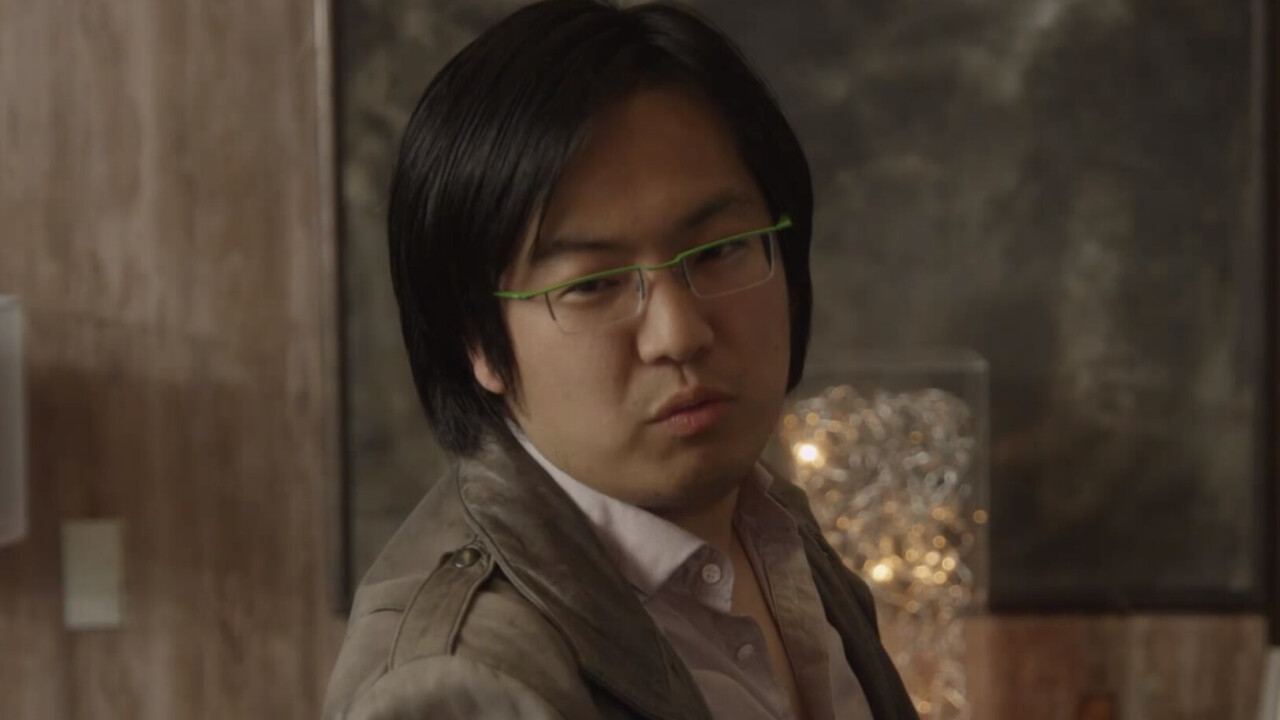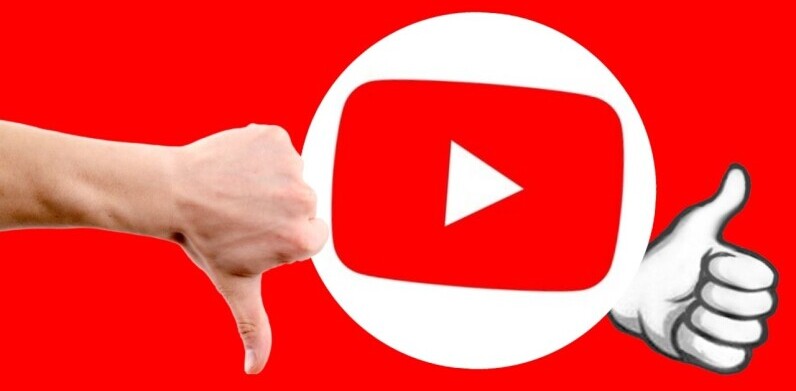
With over 6.5 million subscribers on his main YouTube channel, Freddie Wong ranks among the top creators on the platform. Most recently, season two of Wong’s Video Game High School web series raised the bar for production value on YouTube.
We chatted with Wong about the making of VGHS, his involvement as a mentor for AT&T’s Take Your Shot filmmaking contest, and what it takes to succeed on YouTube.
VGHS
Wong turned to Kickstarter earlier this year to fund VGHS, raising $800,000 and becoming the highest-funded film project on the crowdfunding site at the time. The funding helped him meet the ambitious goal of turning the series feature-length. To produce the series, Wong and his crew built a massive set for the fictional high school at Google’s creator-friendly YouTube Space studio.
When I asked Wong what prompted him to create a full-length Web series and still release it on YouTube, he cited several reasons.
“Everything that we do we always want to experiment, push the envelope,” he said. “As far as we can tell, we’re the first Web series to do this format.”
Wong also remarked that audience-demand led to the decision. The VGHS season one finale, which is 22 minutes long, had been the most-watched episode.
“We said go for it: let’s be a TV show,” Wong said.
He believes the line between the Web and television has blurred. After all, most of us watch TV shows on our phones and on the Web, and many of us watch YouTube and other websites on our TVs.
The narrative arc of VGHS also called for a longer format, according to Wong. Where the first season follows a story that resembles a traditionally structured movie like Karate Kid, VGHS season two spends more time fleshing out side characters and the universe.
“As far as we’re concerned, the story for [VGHS protagonist] Brian was set for season one. It didn’t work for season two to do that grandiose heroes’ journey,” Wong said.
The strategy has been paying off so far. Wong said that season two views had already exceeded season one by “orders of magnitude.”
All about the game?
One of the most fascinating elements of the VGHS series is the way it imagines a world where gaming education is taken as seriously as athletics or the arts. I’ll hazard a guess that many of us used to dream about attending something like a video game high school.
Wong didn’t set out to validate the world of esports and competitive gaming with VGHS. In fact, his overall message is to remind us to keep having fun and not take games too seriously.
“Look at LoL [League of Legends], look at how many people are watching these streams, how many people around the world are viewing. Professional gaming is here. It is huge, gigantic, mind-blowingly big,” Wong said. “I don’t think they need any help. They’re already there.”
“What we try to do with the series is, in a way, it’s us expressing what gaming means to us. There’s nothing wrong with being a little childish, being kind of ridiculous,” he added.
Wong noted that it’s easy to forget that gaming is about role-play, escapism, fantasy and, of course, fun.
Mobile filmmaking
The interesting thing about AT&T’s Take Your Shot contest is that it calls upon the winning filmmakers to shoot their projects on a smartphone or tablet. The three winners have been matched with mentors, including Freddie Wong, Wong Fu Productions’ Philip Wong and GI Joe: Retaliation director Jon M. Chu.
The current crop of smartphones come packed with incredible video capabilities. AT&T is making available Samsung’s Galaxy S4, Galaxy S4 Active, Nokia Lumia 1020, Motorola’s Moto X, and a Samsung tablet for the contest.
“When I heard that [we were shooting on smartphones], I was like this is great. I think too many people get caught up on the idea of equipment,” he said.
“Phone cameras are 1000 times better than any camera I had access to in high school. It’s not the equipment that makes the film, it’s the filmmaker. We’re very much about do it yourself, grab whatever equipment you can and just start shooting projects and finishing projects,” he said.
Wong said that he has been about mentorship and education since the start. His entire second channel, for instance, is dedicated to tutorials and behind the scenes footage.
Asian-Americans & YouTube
Where Asian-Americans have by-and-large struggled to break into mainstream entertainment, several of the top YouTubers are Asian-American.
“Look at traditional media and it’s completely bereft, for the most part, of Asian-American faces,” Wong said. “It is definitely disproportionate online. YouTube became this platform wherein there was a lot of opportunity for content creators unbound by the rules of traditional media.”
The future of gaming
With the next-generation of consoles just around the corner, I asked Wong what he thought about the Xbox One and PlayStation 4.
“I think this might be our last generation of consoles period,” Wong said, while noting that he plans on buying both devices. “Everything is on this path of leading back where we started again. these consoles are basically just computers with some fancy software in front of it.”
The earliest consoles had hardware advantages over PCs, but at this point, there’s very little hardware differentiation between the new consoles and computers.
“PC-based digitally-distributed games will be the future,” he speculated.
However, Wong did note that what he’s most excited about this next batch of consoles is how they tie into video content.
“How the console and cable internet begin to replace premium cable subscriptions, how that has the potential to shakeup the entertainment industry – that’s the most exciting thing that comes out of it.”
Advice for young YouTubers
I asked Wong to share some advice for young YouTubers looking to build an audience on the site.
First and foremost, it’s the understanding that right now, there are so many things online that you can spend your time doing. Spend time going through Tumblrs, sitting on Facebook, reading blog posts, watching YouTube videos of varying types. Content – and I define content as anything you can waste your time with – is basically infinite and indiscriminate, so the only way you can be recognized and seen through this environment is to be actually good, interesting, compelling.
You have to spend the time to hone your craft – be it filmmaking, blogging, casting. Get good at it and put out good compelling interesting content and share it as best you can and trust that it’s good and people will come see it. If what you’re doing is something you’re passionate about, something you’d be doing otherwise even if you weren’t being paid for it, then you’re in the right place.
When I asked Wong to elaborate on what specifically worked for him, he said:
Ask yourself: “Is this something that I would want to show my friends?” If it is, then you’re on the right track. If it isn’t, then you might need to rethink what you’re doing.
Building a brand on YouTube
Jason Calacanis recently explained why he decided to turn down Google’s money after a successful run as an early YouTube channel partner. He went on to caution creators about the risks associated with building on top of Google’s platform. I was curious what Wong thought about the advice.
“From a sheer business stand point, I absolutely agree with [Calacanis],” Wong said.
Just as merchants shouldn’t build their entire business off of eBay or Amazon, creators shouldn’t be solely reliant on YouTube, he said.
YouTube is not the sole means of video distribution. It is a means. It happens to be the most popular. Making videos we can find an audience for and cultivating that audience for our content – that will happen anywhere and everywhere.
In the future, Wong expects television advertising to experience a bubble burst similar to that of the newspaper industry.
“We’re going to be seeing a big shift in the way money flows around this industry and i’m very excited for it,” he said.
Considering how well VGHS season 2 is doing, Wong will be in a good position when that shift takes place.
Image credit: freddiew / BrandonJLa
Get the TNW newsletter
Get the most important tech news in your inbox each week.




